My YOUTUBE video of WASHINGTON
The National Gallery of Art is a national art museum, located on the National Mall in Washington, D.C. The museum was established in 1938 by the United States Congress, with funds for construction and a substantial art collection donated by Andrew W. Mellon plus major art works donated by Lessing J. Rosenwald, Italian art contributions from Samuel Henry Kress, and more than 2,000 sculptures, paintings, pieces of decorative art, and porcelains from Joseph E. Widener. As a result of bequests such as these, the National Gallery today houses one of the finest collections of Western painting and sculpture in the world.
D.C. The museum was established in 1938 by the United States Congress, with funds for construction and a substantial art collection donated by Andrew W. Mellon plus major art works donated by Lessing J. Rosenwald, Italian art contributions from Samuel Henry Kress, and more than 2,000 sculptures, paintings, pieces of decorative art, and porcelains from Joseph E. Widener. As a result of bequests such as these, the National Gallery today houses one of the finest collections of Western painting and sculpture in the world.
Beginning in the 1920s, financier and art collector Andrew W. Mellon began gathering a collection of old master paintings and sculptures with the intent of providing the country with a national art gallery. Following his death in 1937, Congress in a joint resolution accepted Mellon's collection and building funds (provided through the A. W. Mellon Educational a nd Charitable Trust), and approved the construction of a museum on the National Mall.
nd Charitable Trust), and approved the construction of a museum on the National Mall.
Designed by architect John Russell Pope (who would go on to design the Jefferson Memorial), the new structure was completed and accepted by President Franklin D. Roosevelt on behalf of the American people on March 17, 1941. At the time of its inception it was the largest marble structure in the world. The museum stands on the former site of the Sixth Street railway station, most famous for being where 20th president James Garfield was shot in 1881 by a disgruntled office seeker.
Museum Art gallery painting modern classical famous Henri Matisse, French
As anticipated by Mellon, the creation of the National Gallery encouraged the donation of other substantial art collections by a number of private donors. Founding benefactors included such individuals as Paul Mellon, Samuel H. Kress, Rush H. Kress, Ailsa Mellon Bruce, Chester Dale, Joseph Widener, Lessing J. Rosenwald, Edgar William, and Bernice Chrysler Garbisch.
donors. Founding benefactors included such individuals as Paul Mellon, Samuel H. Kress, Rush H. Kress, Ailsa Mellon Bruce, Chester Dale, Joseph Widener, Lessing J. Rosenwald, Edgar William, and Bernice Chrysler Garbisch.
The Gallery's East Building was constructed in the 1970s on much of the remaining land left over from the original congressional joint resolution utilizing funds from Mellon's children Paul Mellon and Ailsa Mellon Bruce. Designed by famed architect I.M. Pei, the contemporary structure was completed in 1978, and was opened on June 1 of that year by President Jimmy Carter. The new building was built to house the Museum's
Pablo Ruiz Picasso, Spanish
collection of modern paintings, drawings, sculptures, and prints, as well as study and research centers and offices. The design received a National Honor Aw ard from the American Institute of Architects in 1981.
ard from the American Institute of Architects in 1981.
The final addition to the complex is the National Gallery of Art Sculpture Garden. Completed and opened to the public on May 23, 1999, the location provides an outdoor setting for exhibiting a number of pieces from the Museum's contemporary sculpture collection.
The museum comprises two buildings, the West Building and the East Building, that are linked by a spacious underground passage. The West Building's design, by architect John Russell Pope, is neoclassical, with a gigantic columned portico and a massive dome reminiscent of the Pantheon (as is Pope's other notable Washington, D.C. building, the Jefferson Memorial), except for its symmetrically-attached extended wings. The design of the East Building by architect I.M. Pei is sharply geometrical, fragmented or faceted compared to the West Building's cool classicism; from above, the East Building appears as if made of interlocking prisms.
design of the East Building by architect I.M. Pei is sharply geometrical, fragmented or faceted compared to the West Building's cool classicism; from above, the East Building appears as if made of interlocking prisms.
The West Building has an extensive collection of paintings and sculptures by European masters from the medieval period through the late 19th century, as well as pre-20th century works by American artists. Highlights of the collection include many paintings by Jan Vermeer, Rembrandt van Rijn, Claude Monet, Vincent Van Gogh, and Leonardo da Vinci.
Joan Miro, Spanish
The East Building focuses on modern and contemporary art, with a collectio n including works by Pablo Picasso, Henri Matisse, Jackson Pollock, Andy Warhol, Roy Lichtenstein and Alexander Calder. The East Building also contains the main offices of the NGA and a large research facility, Center for the Advanced Study in the Visual Arts (CASVA).
n including works by Pablo Picasso, Henri Matisse, Jackson Pollock, Andy Warhol, Roy Lichtenstein and Alexander Calder. The East Building also contains the main offices of the NGA and a large research facility, Center for the Advanced Study in the Visual Arts (CASVA).
The two buildings are connected by a walkway beneath 4th street, called "the Concourse" on the museum's map. The concourse also includes the food court and a gift shop.
To the west of the West Building, across Seventh Street, is the Sculpture Garden. The 6.1 acres (25,000 m²) of the garden are centered on a large circular fountain (an ice rink in the winter) surrounded by stone seating. The exhibited sculptures in the surrounding landscaped area include pieces by Joan Miró, Louise Bourgeois, and Hector Guimard.
and Hector Guimard.
January 2009
The National Gallery of Art is a national art museum, located on the National Mall in Washington,
 D.C. The museum was established in 1938 by the United States Congress, with funds for construction and a substantial art collection donated by Andrew W. Mellon plus major art works donated by Lessing J. Rosenwald, Italian art contributions from Samuel Henry Kress, and more than 2,000 sculptures, paintings, pieces of decorative art, and porcelains from Joseph E. Widener. As a result of bequests such as these, the National Gallery today houses one of the finest collections of Western painting and sculpture in the world.
D.C. The museum was established in 1938 by the United States Congress, with funds for construction and a substantial art collection donated by Andrew W. Mellon plus major art works donated by Lessing J. Rosenwald, Italian art contributions from Samuel Henry Kress, and more than 2,000 sculptures, paintings, pieces of decorative art, and porcelains from Joseph E. Widener. As a result of bequests such as these, the National Gallery today houses one of the finest collections of Western painting and sculpture in the world.Beginning in the 1920s, financier and art collector Andrew W. Mellon began gathering a collection of old master paintings and sculptures with the intent of providing the country with a national art gallery. Following his death in 1937, Congress in a joint resolution accepted Mellon's collection and building funds (provided through the A. W. Mellon Educational a
 nd Charitable Trust), and approved the construction of a museum on the National Mall.
nd Charitable Trust), and approved the construction of a museum on the National Mall.Designed by architect John Russell Pope (who would go on to design the Jefferson Memorial), the new structure was completed and accepted by President Franklin D. Roosevelt on behalf of the American people on March 17, 1941. At the time of its inception it was the largest marble structure in the world. The museum stands on the former site of the Sixth Street railway station, most famous for being where 20th president James Garfield was shot in 1881 by a disgruntled office seeker.
Museum Art gallery painting modern classical famous Henri Matisse, French
As anticipated by Mellon, the creation of the National Gallery encouraged the donation of other substantial art collections by a number of private
 donors. Founding benefactors included such individuals as Paul Mellon, Samuel H. Kress, Rush H. Kress, Ailsa Mellon Bruce, Chester Dale, Joseph Widener, Lessing J. Rosenwald, Edgar William, and Bernice Chrysler Garbisch.
donors. Founding benefactors included such individuals as Paul Mellon, Samuel H. Kress, Rush H. Kress, Ailsa Mellon Bruce, Chester Dale, Joseph Widener, Lessing J. Rosenwald, Edgar William, and Bernice Chrysler Garbisch.The Gallery's East Building was constructed in the 1970s on much of the remaining land left over from the original congressional joint resolution utilizing funds from Mellon's children Paul Mellon and Ailsa Mellon Bruce. Designed by famed architect I.M. Pei, the contemporary structure was completed in 1978, and was opened on June 1 of that year by President Jimmy Carter. The new building was built to house the Museum's
Pablo Ruiz Picasso, Spanish
collection of modern paintings, drawings, sculptures, and prints, as well as study and research centers and offices. The design received a National Honor Aw
 ard from the American Institute of Architects in 1981.
ard from the American Institute of Architects in 1981.The final addition to the complex is the National Gallery of Art Sculpture Garden. Completed and opened to the public on May 23, 1999, the location provides an outdoor setting for exhibiting a number of pieces from the Museum's contemporary sculpture collection.
The museum comprises two buildings, the West Building and the East Building, that are linked by a spacious underground passage. The West Building's design, by architect John Russell Pope, is neoclassical, with a gigantic columned portico and a massive dome reminiscent of the Pantheon (as is Pope's other notable Washington, D.C. building, the Jefferson Memorial), except for its symmetrically-attached extended wings. The
 design of the East Building by architect I.M. Pei is sharply geometrical, fragmented or faceted compared to the West Building's cool classicism; from above, the East Building appears as if made of interlocking prisms.
design of the East Building by architect I.M. Pei is sharply geometrical, fragmented or faceted compared to the West Building's cool classicism; from above, the East Building appears as if made of interlocking prisms.The West Building has an extensive collection of paintings and sculptures by European masters from the medieval period through the late 19th century, as well as pre-20th century works by American artists. Highlights of the collection include many paintings by Jan Vermeer, Rembrandt van Rijn, Claude Monet, Vincent Van Gogh, and Leonardo da Vinci.
Joan Miro, Spanish
The East Building focuses on modern and contemporary art, with a collectio
 n including works by Pablo Picasso, Henri Matisse, Jackson Pollock, Andy Warhol, Roy Lichtenstein and Alexander Calder. The East Building also contains the main offices of the NGA and a large research facility, Center for the Advanced Study in the Visual Arts (CASVA).
n including works by Pablo Picasso, Henri Matisse, Jackson Pollock, Andy Warhol, Roy Lichtenstein and Alexander Calder. The East Building also contains the main offices of the NGA and a large research facility, Center for the Advanced Study in the Visual Arts (CASVA).The two buildings are connected by a walkway beneath 4th street, called "the Concourse" on the museum's map. The concourse also includes the food court and a gift shop.
To the west of the West Building, across Seventh Street, is the Sculpture Garden. The 6.1 acres (25,000 m²) of the garden are centered on a large circular fountain (an ice rink in the winter) surrounded by stone seating. The exhibited sculptures in the surrounding landscaped area include pieces by Joan Miró, Louise Bourgeois,
 and Hector Guimard.
and Hector Guimard.January 2009






































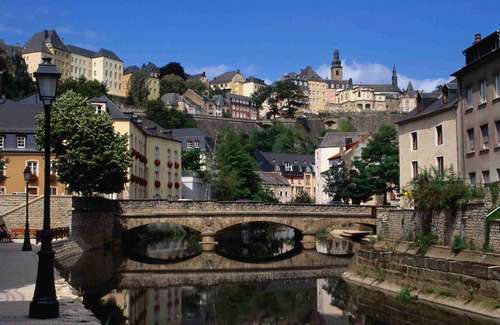



















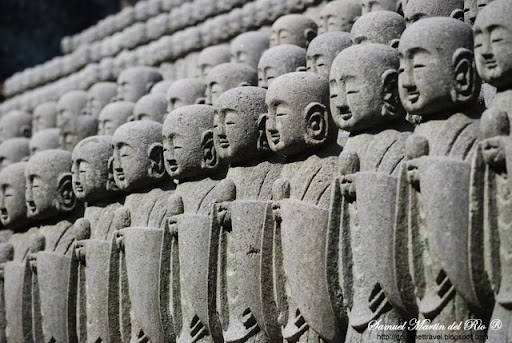











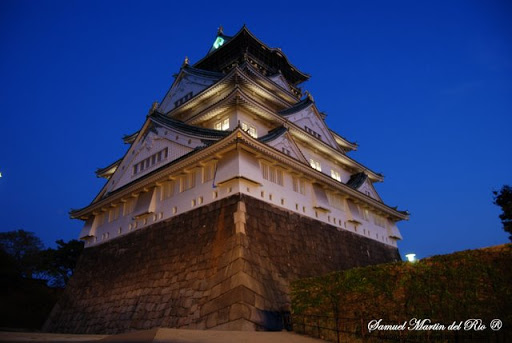
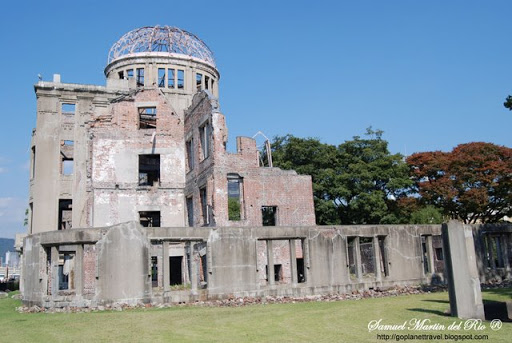







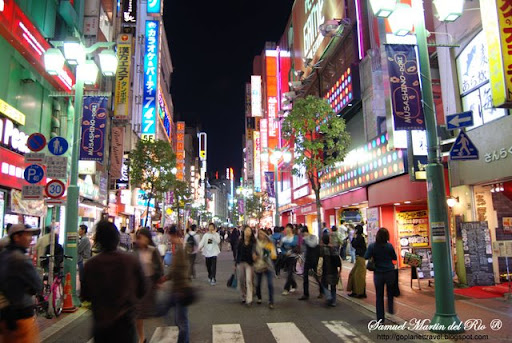



















No comments:
Post a Comment